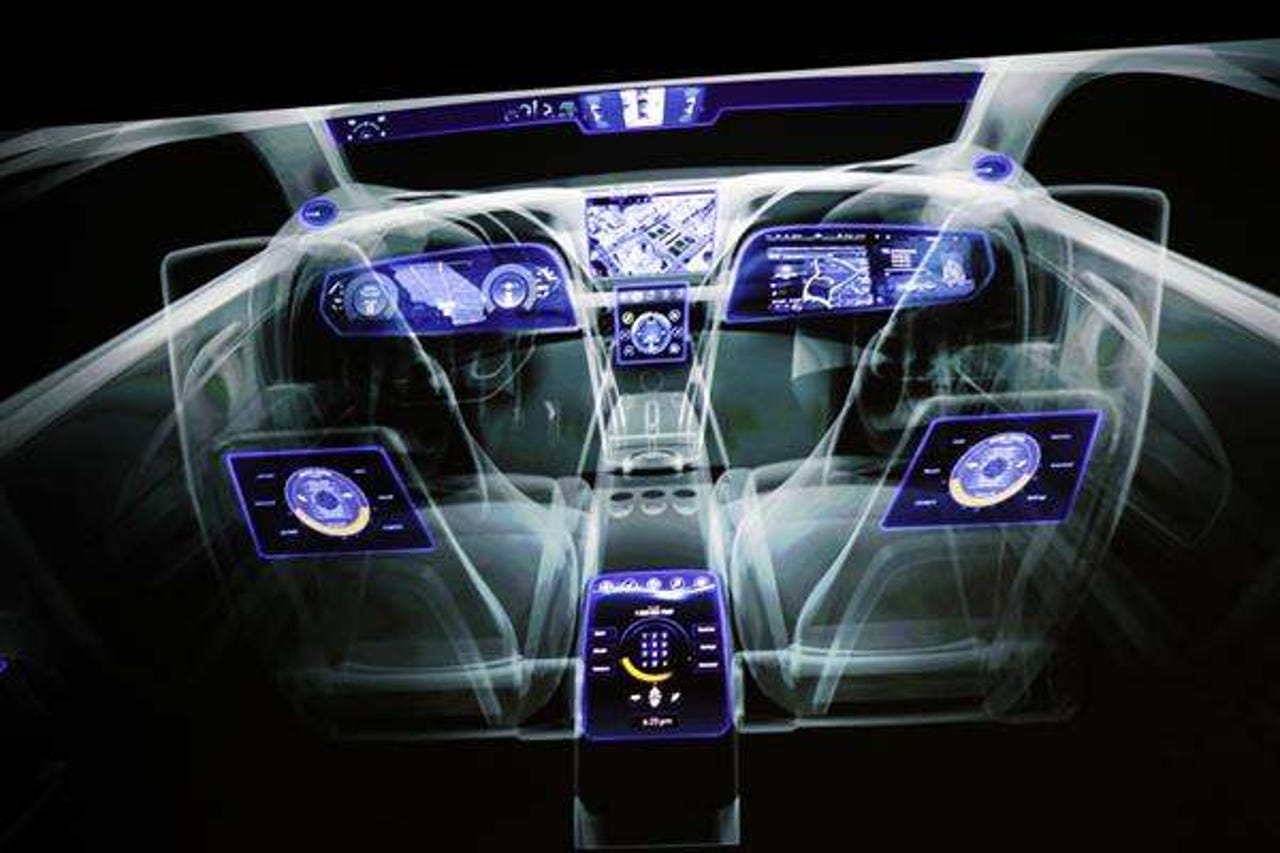CES 2015: Nvidia eyes connected cars, not phones, with Tegra X1 mobile superchip


LAS VEGAS---Nvidia is building upon its recently introduced, cutting edge Maxwell GPU architecture to an endpoint almost -- if not more -- mobile than smartphones and tablets.
That would be the connected car, one of the hotspots expected to steal the spotlight at the 2015 Consumer Electronics Show this week.
CES 2015 Preview
In past years, the visual computing tech maker has used the trade show to unveil some of its flagship mobile chips as well as mapping out its entry into the cloud.
This year, Nvidia co-founder and CEO Jen-Hsun Huang launched right into the introduction of the new Tegra X1 mobile "superchip, a processor balancing a 256-core GPU with an 8-core 64-bit CPU.
Huang stressed that what makes Tegra X1 "super special" is the energy efficiency achieved through the platform, explaining that X1 doubles rates experienced by the K1 that debuted a few years ago.
Nvidia is further touting the X1 as the "world's first teraflop mobile processor." To convey what that kind of power means, Huang cited that one teraflop represented the power behind the world's top supercomputer in the year 2000. Now, Huang continued, it can be found in a chip the size of one's thumb.
But the X1 is meant for much more than mobile gaming, which has been at the forefront of Nvidia's agenda for the last few years.
"Surely you don't need it for phones," Huang quipped. "Your future cars will be the most advanced computers in the world."
Nvidia's roadmap links up through its new Drive CX platform, characterized as a digital cockpit computer promising a 16.6-megapixel maximum resolution off of the Maxwell GPU architecture with support for Android, Linux, and Unix.
With an interface that Huang described as "Tron-like," drivers and passengers can use the digital panels to control everything from the basics such as audio and climate to much more graphic-heavy material rendering on the dashboard.
"The car of the future is of course built upon great technology being innovated today," Huang said.
Nvidia definitely has the long-term future in mind at least -- potentially giving Google and others a run for their money and the open road -- with the Nvidia Drive PX auto-pilot car computer.
Essentially a mobile supercomputer itself, the Drive PX consists of a dual Tegra X1 architecture, 12 camera inputs, and the ability to process 1.3 billion pixels per second.All of this is lined up to enable a vehicle with situational awareness so that the car can literally find its own path based on computer vision technology and deep learning.
Nvidia has also been making strides in the enterprise space, picking up the pace over the latter half of 2014 through mobile workspace collaborations with VMware and Google.
That was soon followed by an alliance forged with IBM and the U.S. Department of Energy to build two of the world's fastest supercomputers.
Heading into the holiday season, Nvidia had some cheery news for shareholders with better-than-expected third quarter earnings.
Huang also hinted in the last earnings report about Nvidia's priorities for 2015, stressing a focus on "creating visual computing platforms for datacenter, mobile and PC" clients.
Images via CNET